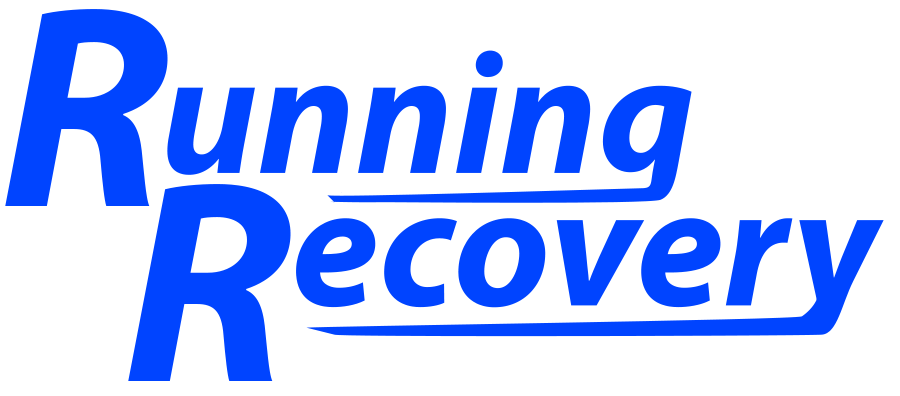Feeling fatigued, sore, or even tight after a hard workout? Can’t seem to shake the feeling no matter what you do? If that is the case, then you probably have lactic acid built up. This article will describe different ways to help reduce the amount of lactic acid that is built up to help you fully recover after a hard training session!
Legs against wall
The first thing you can do to help with lactic acid in your legs is to lie down next to a wall with your legs on the wall. You should hold this for around 10 minutes after your hard workouts, we always did and it seemed to help a lot. The first few minutes will feel normal, then the next few minutes your legs will start to tingle. Around minute 5, your legs should be feeling pretty weird but you’ll grow to like it. After the 10 minutes is up, you should slowly stand up and let the blood go back into your legs. It will feel weird walking around at first but don’t worry because this will go away in a couple of minutes leaving you feeling refreshed.
WATER
I cannot emphasize this enough, DRINK WATER. Staying hydrated will help flush the lactic acid out of your muscles and help you recover faster. Being dehydrated can lead to increased fatigue, soreness, tightness, headaches, and other issues that are not ideal for a runner. Make sure you are drinking plenty of water throughout the day, especially on hard workout days and meets. You don’t have to drink only water, but make sure you are getting plenty of healthy fluids.
Roll
Another great way to help with lactic acid is to roll out whatever is bothering you. Foam rolling is an essential part of running and helps a ton with random pains and tightness. Rolling helps break up the lactic acid, which will make you feel better.
Stretching
Properly stretching before and after workouts will help reduce the amount of lactic acid in your muscles, as well as reduce the chances of other injuries, such as shin splints. If you have shin splints and are wondering how to get rid of them, check out my article How to Treat Shin Splints. Do different stretches until you feel the stretch in the area where you have lactic acid built up.
Unfortunately, lactic acid is a part of every athlete’s career and is unavoidable, however, using the methods I’ve mentioned in this article, you will be able to reduce the effect lactic acid has on you. Whichever method you choose to use, although I recommend and use all of them, will help you reduce fatigue, soreness, and tightness associated with lactic acid to allow you to return to training at 100% faster so you can be race-ready sooner.

